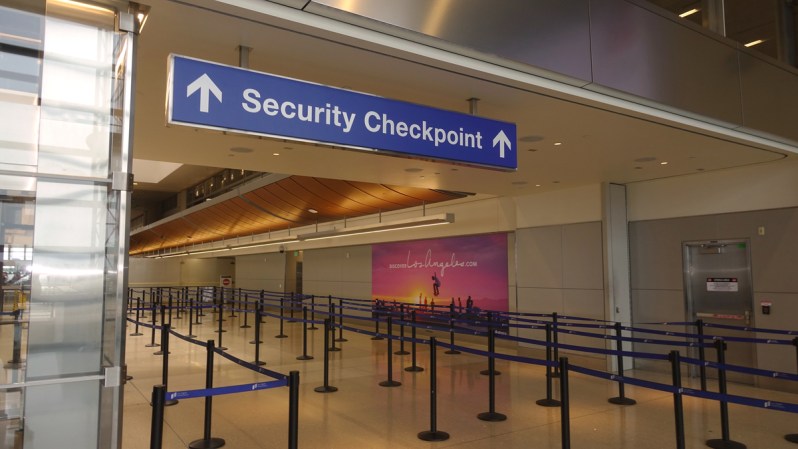
We’ve all been there- arriving at the airport on a tight deadline only to find endless lines snaking through the security checkpoint. For many, this issue is an unavoidable annoyance, causing stress and delays that can put a damper on the start of any trip. However, relief may be on the horizon as Las Vegas’ airport introduces a groundbreaking trial of self-screening security lanes. This new and improved approach raises a pressing question: do we truly need human employees to man the security lanes, or can technology revolutionize the way we navigate airport security?
Self-screening TSA: the details

The new self-screening checkpoint lanes have been introduced at Harry Reid International Airport in Las Vegas for a trial period of six months. The new lanes promise a smoother airport security experience. As usual, passengers with TSA PreCheck will not need to take off their shoes or remove electronics from their carry-on bags. However, passengers will receive simple instructions on a screen explaining how they can navigate the checkpoint on their own. Passengers will place their belongings in the bin as usual, but the entire inspection system is fully automated, with no human employees manning the station.
After inspection, the return bin will be cleaned with an ultraviolet light emitter, and passengers will head into a full-body scanner where a video will show them how to pose. TSA branch manager Christina Peach told the Associated Press, “Really, one of the main aims here is to allow individuals to get through the system without necessarily having to interact directly with an officer and … at their own pace.”
The goal of this new system is not only to allow passengers to take their time, but also to allow officers to be placed in other areas of the airport. Currently, it takes around 12 officers to staff two checkpoint lanes. With the self-service lane in place, this number is cut down to eight. The TSA has stated that the officers removed from the security checkpoints would not lose their jobs, but rather be assigned to other tasks.
During the six-month trial period, the feature is only available to flyers with TSA PreCheck, and instructions are currently only in English.
How to get TSA PreCheck
If this sounds appealing to you but you do not have TSA PreCheck, signing up is a fairly straightforward process. To enroll, you must complete an online application on the TSA PreCheck website, provide basic personal information, and consent to a background check.
Following the application, you must schedule an in-person appointment at a TSA PreCheck enrollment center. During this appointment, you will provide additional documentation and undergo a brief interview. Once these steps are completed, you will be required to pay the $85 application fee, and your TSA PreCheck status will remain valid for five years.

Will this type of security become standard?
As the TSA rolls out this trial, many people are wondering if this is the future of air travel. As of right now, there is no plan to make this standard in every airport, however, the TSA hopes to expand the trial to other airports shortly.



